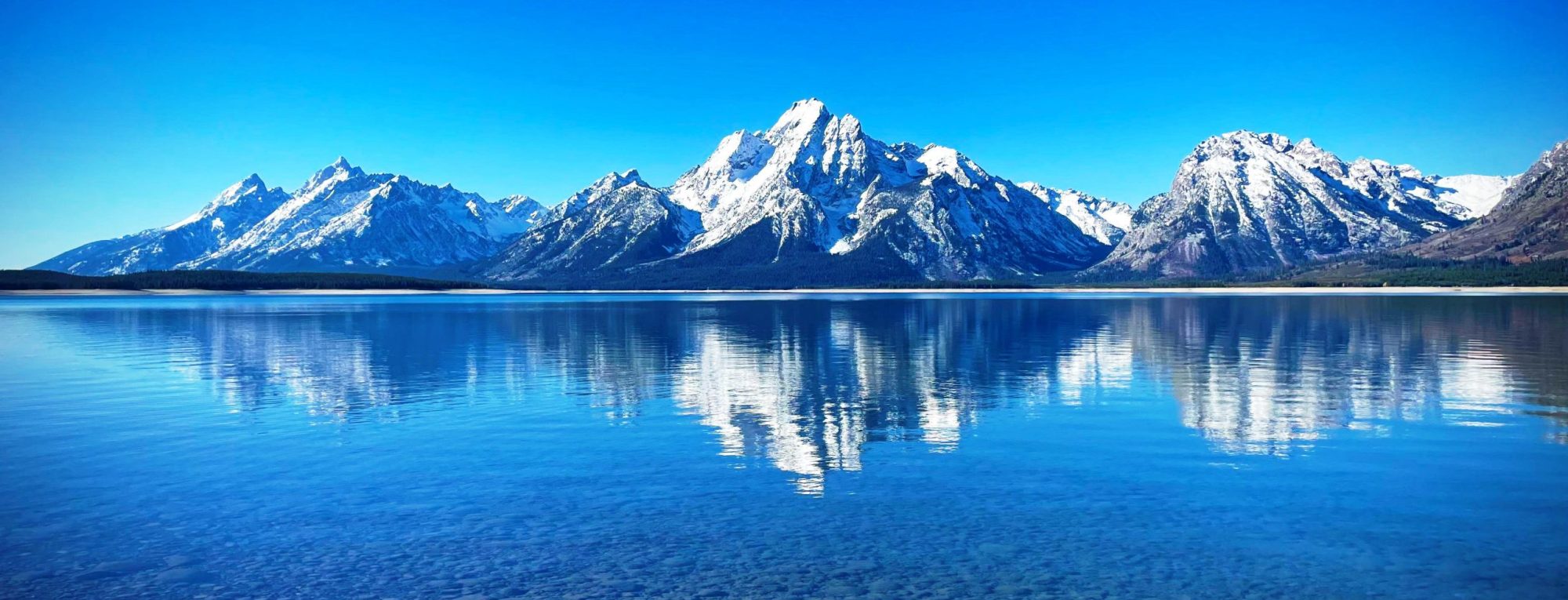Mount Sanford is a shield volcano[3] in the Wrangell Volcanic Field, in eastern Alaska near the Copper River. It is the sixth highest mountain in the United States and the third highest volcano behind Mount Bona and Mount Blackburn. The south face of the volcano, at the head of the Sanford Glacier, rises 8,000 feet (2,400 m) in 1 mile (1,600 m) resulting in one of the steepest gradients in North America.
Mount Sanford is mainly composed of andesite, and is an ancient peak, being mostly Pleistocene, although some of the upper parts of the mountain may be Holocene. The mountain first began developing 900,000 years ago, when it began growing on top of three smaller shield volcanoes that had coalesced. Although obscured by icefields, the uppermost 2,000 feet (610 m) of the mountain appear to be a lava dome filling a larger summit crater.
Two notable events in the mountain’s history include a large rhyolite flow which traveled some 11 miles (18 km) to the north east of the peak and has a volume of about 5 cubic miles (21 km3), and another flow which erupted from a rift zone on the flank of the volcano some 320,000 years ago. The second flow was basaltic in nature and marks the most recent activity of the volcano. The flow was dated using radiometric methods.
Observers have reported minor activity at Sanford, primarily vapor clouds or plumes from ice and rockfalls. Some reported incidents may have been orographic clouds, while others have been interpreted as avalanches.
The majority of Mount Sanford above 8,000 feet (2,400 m) is covered by icefields, merging to the south with that surrounding Mount Wrangell. The largest glacier on Sanford is the Sanford Glacier, whose source lies at the steep cirque that cuts into the south side of the mountain.
from Wikipedia, the free encyclopedia
